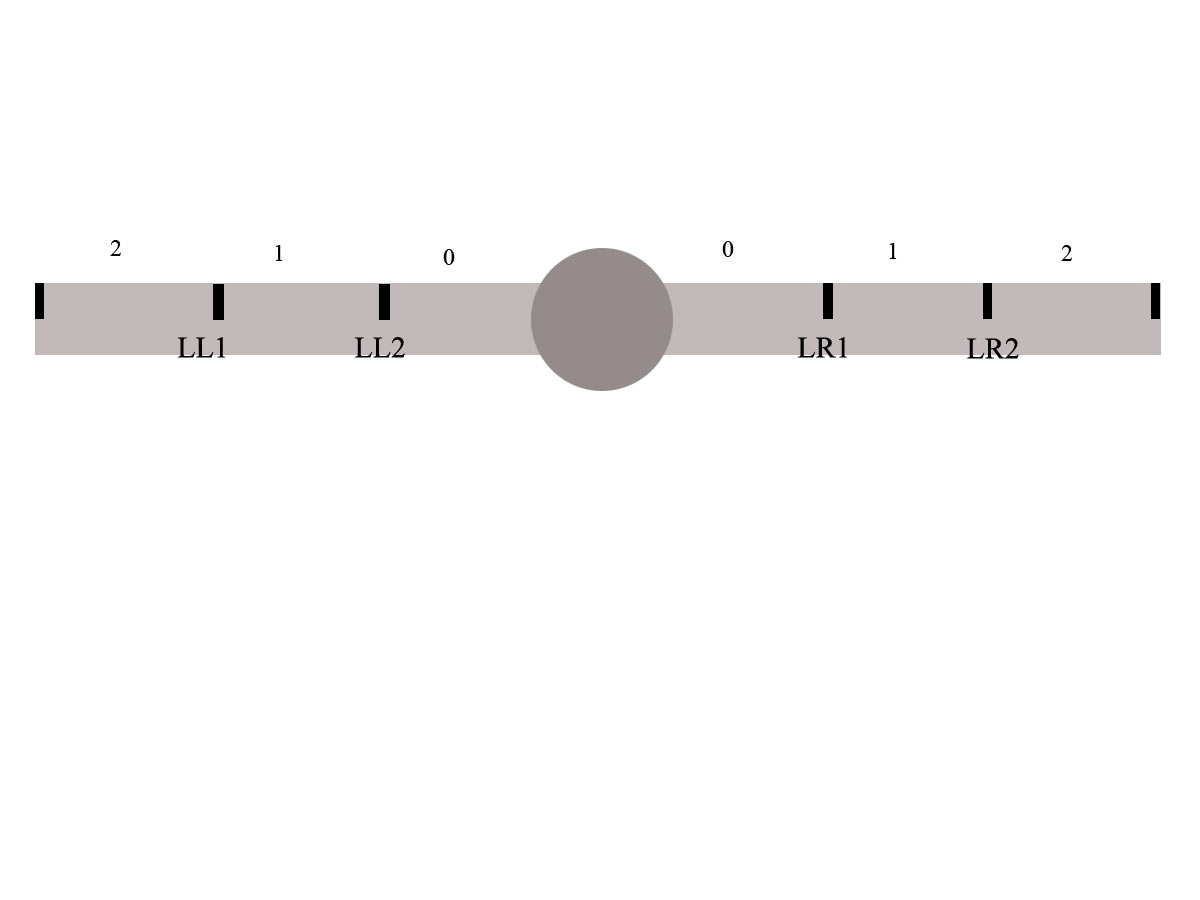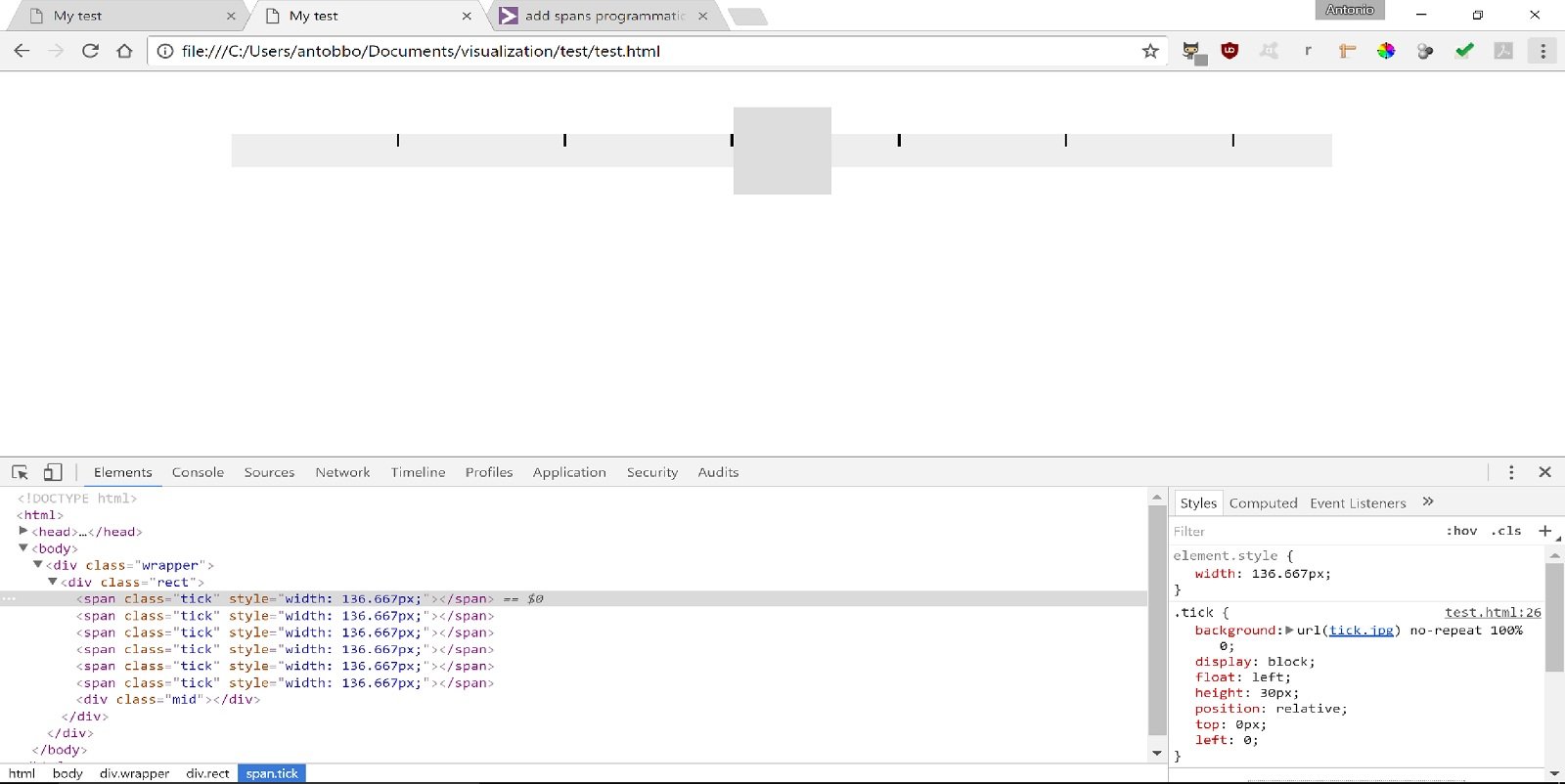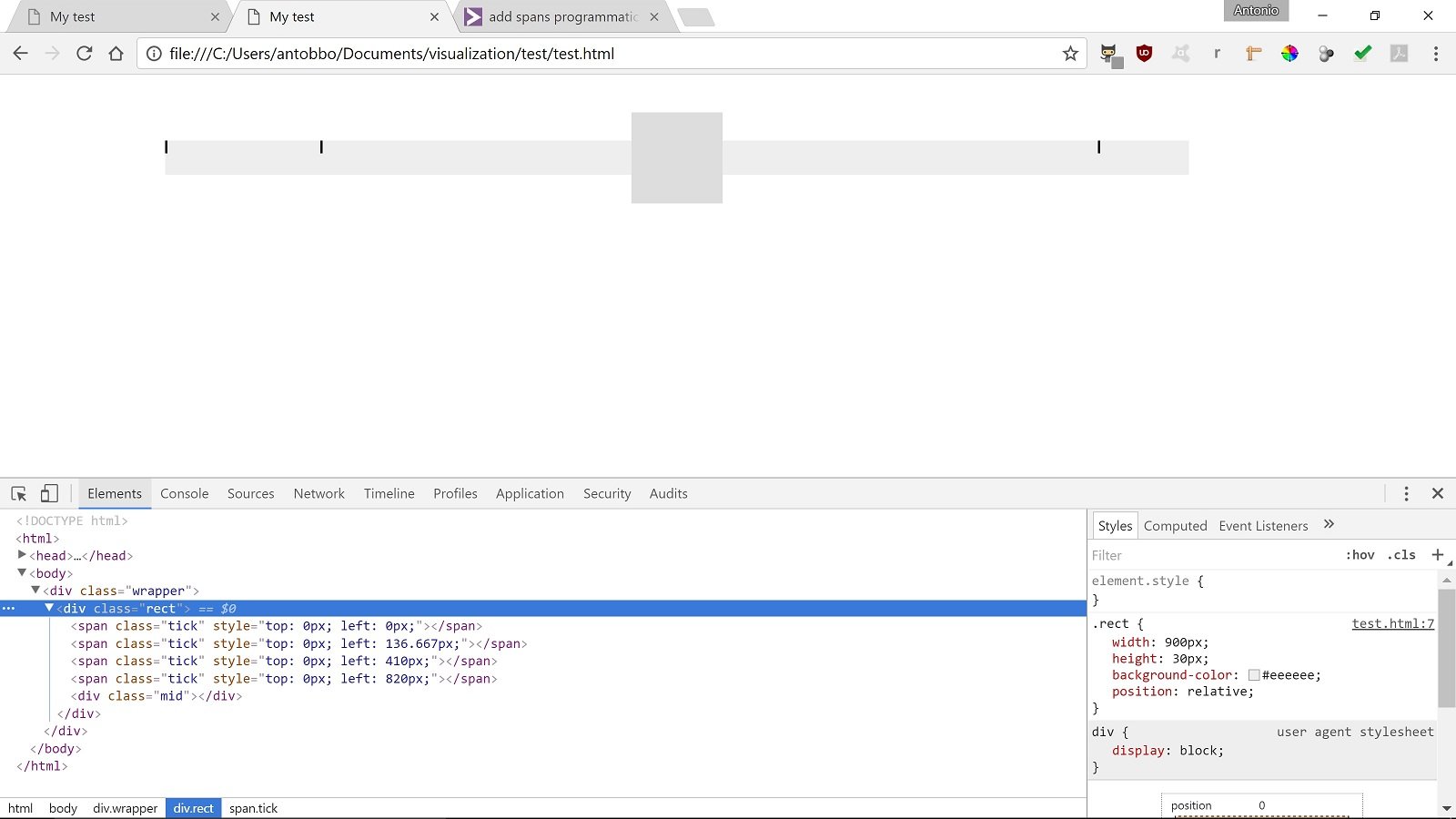Ah wait, you mean something like this then:
var jsonString = '[' +
'{"text":"Lorem ipsum dolor sit amet, consectetur 0", "firstName":"Jack0", "surname":"Dee0", "moreInfo":"This is extra information"},' +
'{"text":"Lorem ipsum dolor sit amet, consectetur 1", "firstName":"Jack1", "surname":"Dee1", "moreInfo":"This is extra information"}' +
']';But I thought that the specification said that a json string has to start with a { and not with a [, in fact the first version of the string starts with a curly brace.
So if I start with a [, is there any implication? what I mean is that this json string will be sent to the application from somewhere not yet specified, I'll parse it, store the results in a variable, loop through the literal objects and create an object for each line. Then I'll do some data manipulation, change the properties of the object, stringify the back into a json string and send it back







